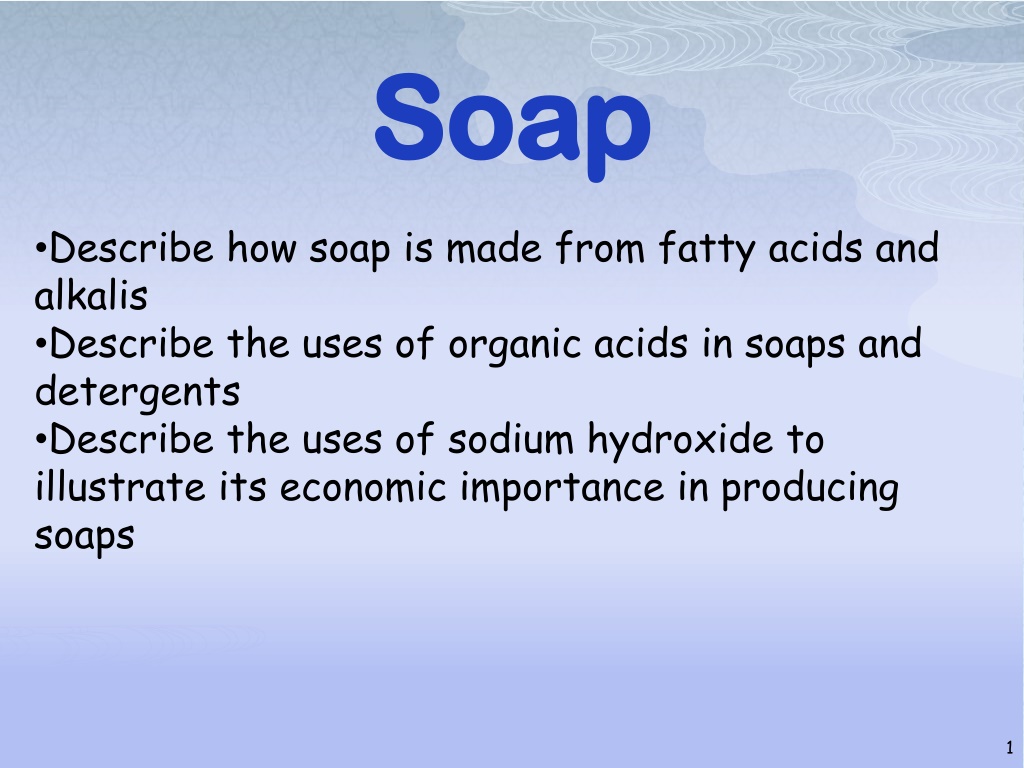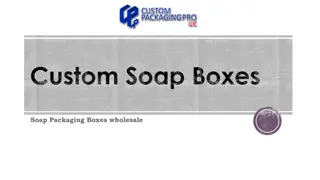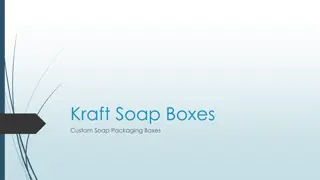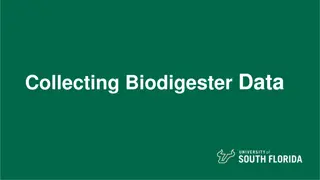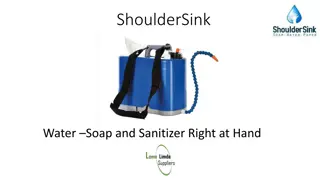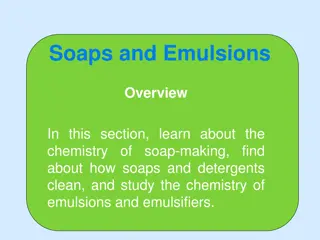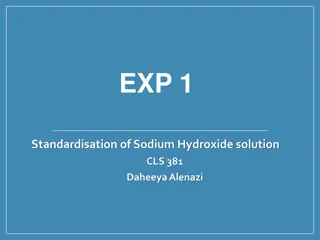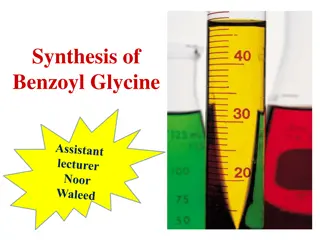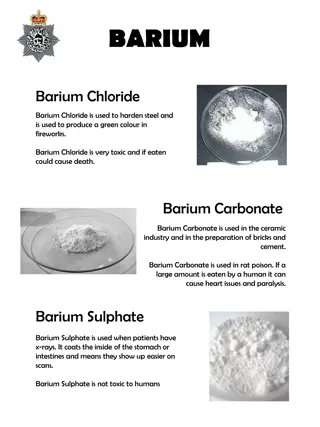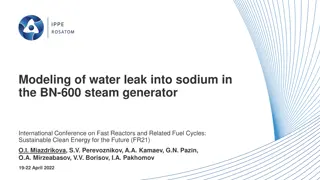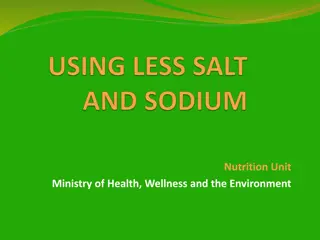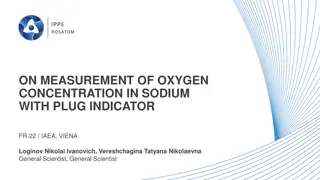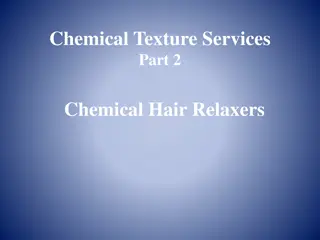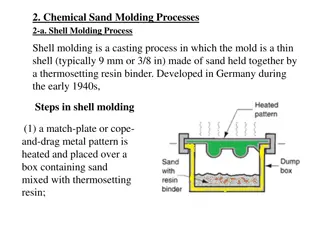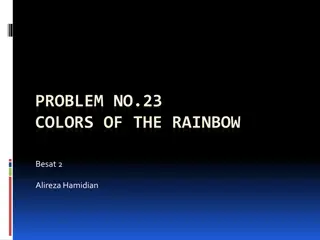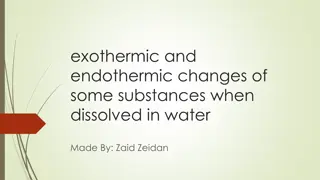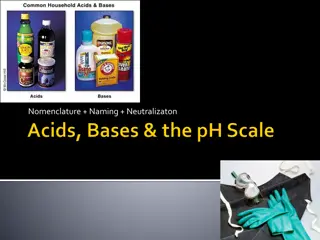Understanding Soap Making and Uses of Sodium Hydroxide
Soap, an ancient detergent made from fatty acids and alkalis like sodium hydroxide, has been utilized for over 3000 years. Fats and oils are essential raw materials for soap production, and organic acids play a role in creating esters. Sodium hydroxide, a key component in soap making, showcases its economic importance. It is used in forming soap and detergents, illustrating the hydrophobic and hydrophilic properties crucial for cleaning. In household applications, strong alkalis react with fats in oven cleaners to form soap for easy removal of grease.
Uploaded on Sep 22, 2024 | 0 Views
Download Presentation

Please find below an Image/Link to download the presentation.
The content on the website is provided AS IS for your information and personal use only. It may not be sold, licensed, or shared on other websites without obtaining consent from the author. Download presentation by click this link. If you encounter any issues during the download, it is possible that the publisher has removed the file from their server.
E N D
Presentation Transcript
Soap Soap Describe how soap is made from fatty acids and alkalis Describe the uses of organic acids in soaps and detergents Describe the uses of sodium hydroxide to illustrate its economic importance in producing soaps 1
SOAP Soap is one of the earliest detergents. It is known to have been used for 3000 years. The raw materials needed to make soap are fats or oils and an alkali such as sodium hydroxide. 2
WATER - LIMITATIONS The fat would have come from an animal, e.g. sheep, and the alkali made from the chemicals present in the ashes of a fire. http://bp1.blogger.com/_eOBTgTn007E/SCjxQeFmNoI/AAAAAAAAAso/5YcA4epTQz4/s400/lardDSC_2040.jpg 1 can of lye (sodium hydroxide), 12 ounces 3 pounds of lard Water 3
WATER - LIMITATIONS Fats and oils are examples of esters (a family of organic compounds). They are formed from the reaction between organic acids and alcohols. Organic acids contain the carboxyl group, COOH, and a long hydrocarbon chain: 4
SOAP e.g. Stearic acid is a saturated fat that's mainly in animal products. + http://upload.wikimedia.org/wikipedia/commons/thumb/3/38/Octadecanoic_acid_%28stearic%29.png/375px-Octadecanoic_acid_%28stearic%29.png File:Glycerol-3D-balls.png C18H36O2 Stearic acid C3H3(OH)3 glycerol Glyceryl sterate + water 5
SOAP When glyceryl stearate is boiled with alkali the following reaction occurs: sodium + glyceryl sodium + glycerol hydroxide tristearate stearate (ALKALI) (ESTER) (SOAP) When the sodium stearate is first added to water it dissolves and the stearate ion is released: 6
SOAP As with any detergent, the hydrocarbon tail is HYDROPHOBIC (water hating / grease loving) the ionic head is HYDROPHILIC (water loving / grease hating) 7
OVEN CLEANERS The inside of an oven becomes coated with fats from the cooking of food, especially meat. Oven cleaners contain strong alkalis that react with the fats to form a soap. This can then be removed easily with a wet cloth. 8
SOAPS http://www.realitytvmagazine.com/blog/images/2008/10/hand_washing.jpg Soaps themselves are often slightly alkaline. The surface of our skin is covered in oils and these can react with the alkaline soap to form more soap and thus removes the oils and makes our skin feel dry .. The more expensive soaps contain moisturisers that restore the skin to its normal state. pH balanced soaps are also available soaps that have a pH similar to that of our skin - about 5.5. These are referred to as pH balanced soaps. 9
